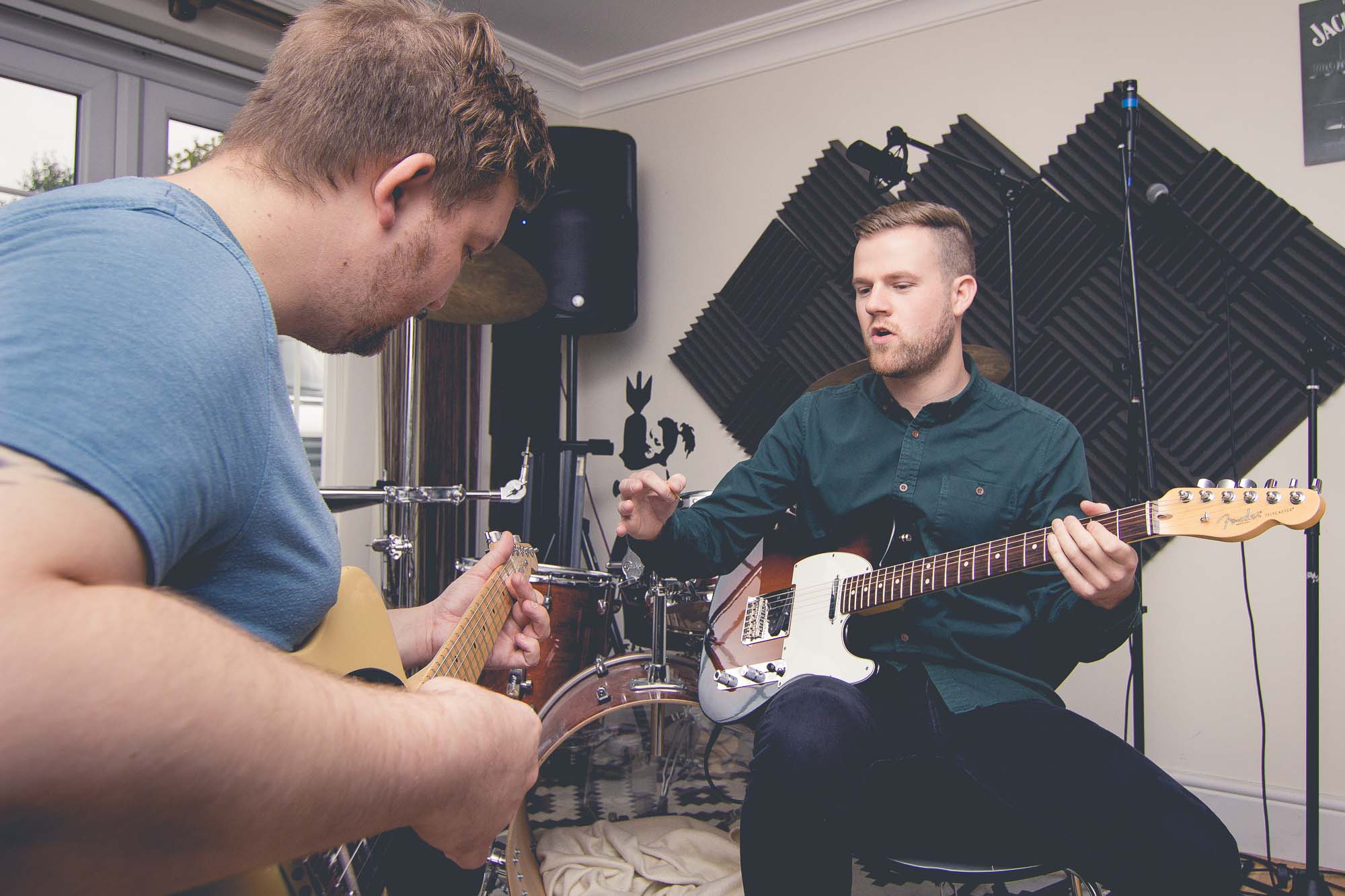
05 Oct Practise Better – Play Better – Structure Matters!
Anything related with performance requires many hours of practise, especially musical performance. For that reason, it’s a good idea to make sure you are managing your practise time efficiently. Structure is a vital part of practise that is often abandoned.
Pick a set amount of time and break it up. People may tell you an hour a day is a good target to hit, and while I agree, I think 30 minutes is probably a more realistic goal. An hour is a long time to some people and life can get in the way! I would break up 30 minutes like this
5 minutes warm up – Start slow, run through one scale in a few different positions, settle any tuning or sound issues.
10 minutes – Chord practise. Select a piece of music you have been working on for a while and pick out ‘that awkward chord’ that you aren’t quite sure about. Do you know the difference between a minor 7b5 and a dominant 7b5? If not, just grab a book and take a look, or even just Google it. Whatever is it, get used to the shape and work it into your playing in context. You’ll be surprised at how quickly your chord library can grow.
10 minutes – Specialism. This is your personal choice, each time. If you’re a bit of a rocker, pick out a section of a solo perhaps, or work on a scale from a song that you want to explore. It could be that you want to spend time on theory, or reading. Ideally you would vary this section, but it’s your time. Pick something new and it will be useful.
5 minutes – Aural perception. Press random on your iPod. Whatever comes up first, give it a listen. Try picking up the bass notes and see if you can possibly figure out a key centre. Remember the ‘L’ trick, as I call it. If you are unfamiliar with it, here is a quick explanation. Fret 5 on the bottom E string is the note A. Fret 5 of the A string is the note D. Fret 7 on the A string is the note E. These three notes are the 1st, 4th, and 5th notes in the key of A. When fingering them on a guitar, you will see this ‘L’ shape pattern. Since those intervals are popular in pretty much all Western music, there is a good chance that you can find the key, given enough time. (This is for major keys remember!).
So you kind of got a lesson within a lesson there, lucky you! If you are fortunate enough to have a full hour, time out the sections appropriately. You can double up the sections, or open up different sections, like specifically working on rhythm, scales, arpeggios or techniques such as tapping or sweeping.
I’ll be writing more lessons on how to practise efficiently over the next week or so, so if you found this useful or informative, keep coming back!
Thanks for reading!

No Comments